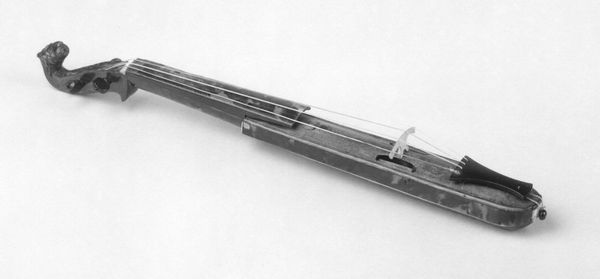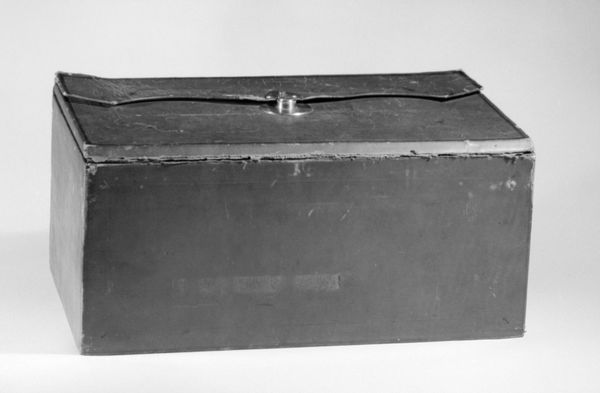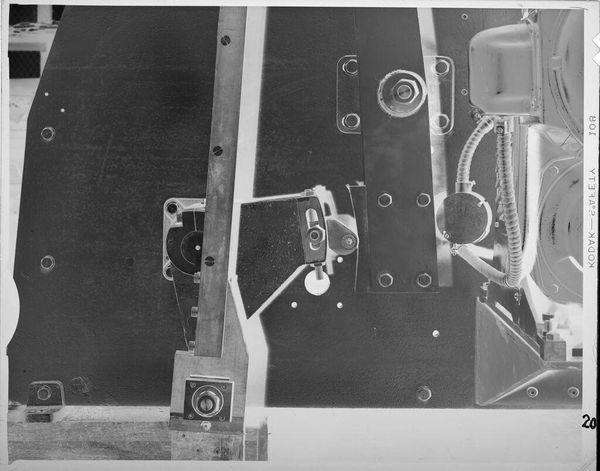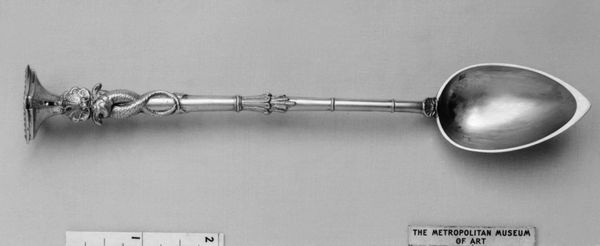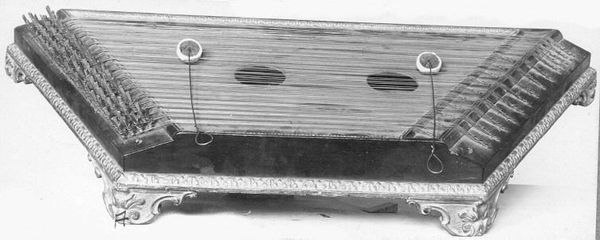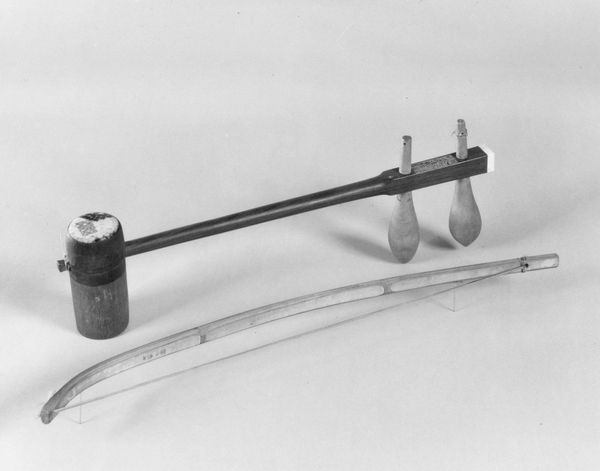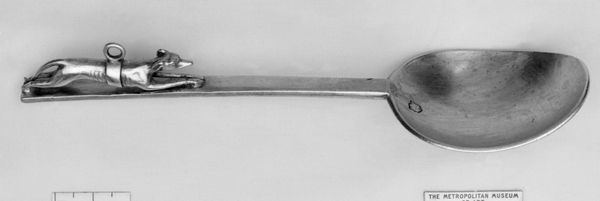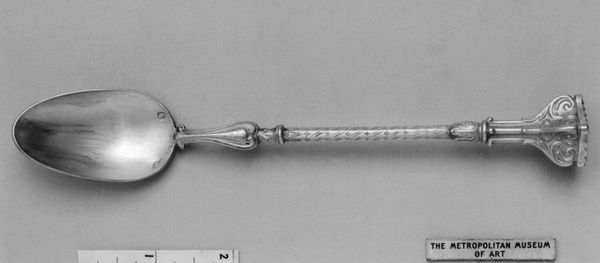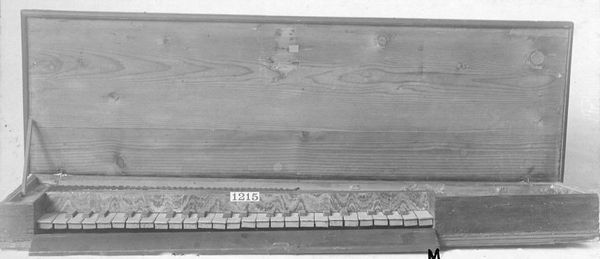
photography, sculpture
#
sculpture
#
photography
#
sculpture
#
monochrome photography
#
musical-instrument
#
monochrome
#
monochrome
Dimensions: L. 39.7cm (15 5/8in.)
Copyright: Public Domain
This double flageolet in D was made in London by William Bainbridge sometime in the first third of the 19th century. As a musical instrument, it speaks to the culture of leisure and entertainment in the period. The flageolet was particularly popular at the time for its relative ease of play compared to other woodwind instruments. Made during the Regency era, it represents a time of social and cultural transformation. The Industrial Revolution was underway, leading to new forms of social organization and new class distinctions. Musical instruments like this offered an accessible means of participating in cultural life, regardless of class. These social conditions fostered a market for instruments like this double flageolet, allowing craftsmen like Bainbridge to thrive. The flageolet wasn’t simply an object of entertainment, it was a symbol of social change, and an indicator of cultural shifts occurring within England at the time. We might investigate archival sources such as trade directories, advertisements, and musical scores from the period to develop an understanding of these connections.
Comments
No comments
Be the first to comment and join the conversation on the ultimate creative platform.
